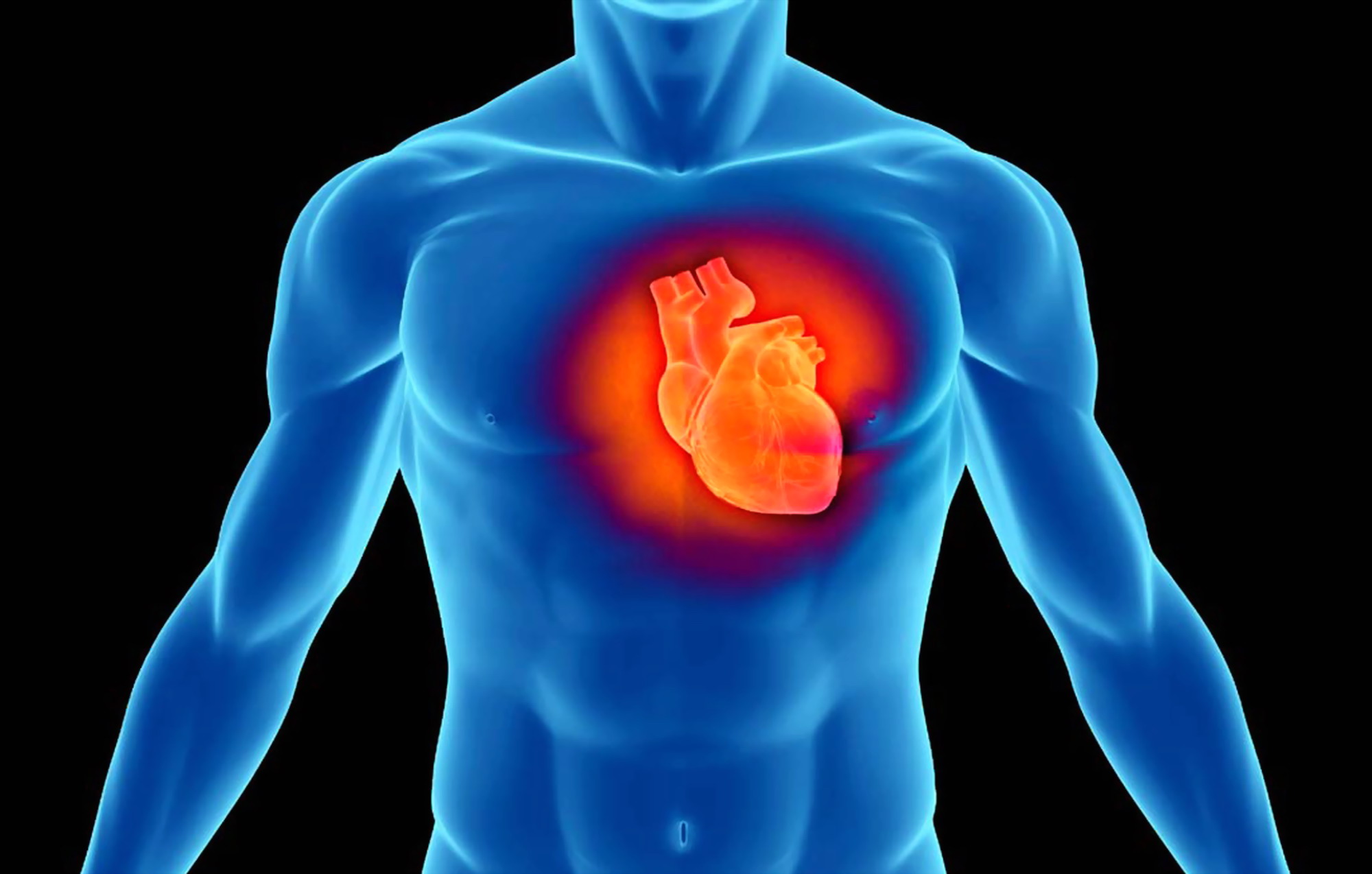
Heart problems, recognising the symptoms
For most of the symptoms that could be alarm bells for heart problems, whether seemingly trivial or potentially more dangerous, the story told by the patient is very important
If the patient is able to remain rational and identify what might be the characteristic signs of his disorder, he provides the cardiologist with a precise description of the symptoms which, for the attentive specialist, are often more important than complex, prolonged and sometimes annoying examinations.
DEFIBRILLATORS, VISIT THE EMD112 BOOTH AT EMERGENCY EXPO
Heart problems, dyspnoea
A typical symptom of heart disease is shortness of breath or, in medical language, dyspnoea.
When a patient complains of shortness of breath, it is necessary to be able to understand whether this symptom is due to a cardiac, respiratory or neurological, psychological or metabolic problem (e.g. anaemia or thyroid disease).
The patient’s account, if accurate and detailed, may offer good indications.
Dyspnoea of cardiac origin generally occurs when exerting oneself or lying down (in this case it is called orthopnoea).
A typical case is when a patient becomes short of breath after climbing stairs or up a flight of stairs, or has to sleep with two pillows in order to be slightly elevated and breathe better.
Cardiac dyspnoea is usually linked to a lack of function of the heart muscle, which can meet the body’s needs at rest but cannot supply enough blood during increased demands such as physical exertion.
This can lead to a condition where excess blood, which cannot be pushed down into the lower body, stagnates upstream of the heart in the lungs and oozes out into the alveoli, causing a very dangerous condition, acute pulmonary oedema.
Cardiac dyspnoea may be most commonly caused by valve disease (e.g. mitral valve stenosis or insufficiency), or by heart muscle disease (dilated cardiomyopathy, i.e. the heart increases in size, sometimes as a result of a major heart attack), or by a deficit in coronary blood supply.
In the latter case, dyspnoea is an angina equivalent, i.e. some patients experience shortness of breath instead of the classic chest pain mentioned above due to narrowing of the coronary arteries.
Syncope is another problem the heart can have
Syncope, a sudden loss of consciousness without any warning (totally different from the ‘feeling of being unconscious’, which is very common, especially in anxious people or those with low blood pressure), is another very important disorder that is also common to some heart diseases and neurological problems.
Syncope may be due to valvular or cardiac muscle disease (e.g. aortic stenosis and hypertrophic cardiomyopathy), but is most frequently related to cardiac arrhythmia.
There are two types of cardiac arrhythmia that can cause sudden loss of consciousness:
- bradycardia (i.e. a ‘blockage’ occurring at a point in the electrical circuit that runs through the heart to make it contract), which causes a pause in the heartbeat of a few seconds and a consequent lack of blood flow to the brain, or, conversely,
- ventricular tachycardia, which is a potentially very dangerous arrhythmia (it can spontaneously develop into ventricular fibrillation and cardiac arrest) consisting of an accelerated heartbeat from the ventricles, which is so rapid and disorderly that it does not allow the heart to fill adequately with blood and pump it towards the brain, resulting in a reduced blood supply and therefore reduced nutrition.
Even in the case of syncope, the patient’s account is crucial in understanding whether the loss of consciousness may be due to one of the above-mentioned potentially fatal conditions, or more trivially to a drop in blood pressure or an anxiety or panic attack.
DEFIBRILLATORS OF EXCELLENCE IN THE WORLD: VISIT THE ZOLL BOOTH AT EMERGENCY EXPO
Manifestations of heart problems: palpitations
Finally, among the countless cardiac disorders, there is the vast chapter of “palpitations”, which range from the sensation of a “jump in the heart” or “missing heartbeat” characteristic of extrasystole, to the sensation of heart palpitations, which identify a condition of accelerated heartbeat (or “tachycardia”).
In this case, it is necessary to be able to assess whether it is a “sinus” tachycardia or a different form (“supraventricular” or “ventricular”).
In the first case, the tachycardia is related to an increased speed of the sinus node, i.e., the structure that already normally acts as a cardiac “step marker” (as occurs in case of physical exertion, emotional stress or in conditions of fever, anaemia, hyperthyroidism and other situations).
In the second case, it is a condition in which a point of the heart other than the sinus node takes over and sends a longer or shorter series of electrical impulses to the rest of the heart until the sinus node resumes its normal sequence.
Read Also:
Atrial Fibrillation, The Importance Of Intervening At The Earliest Symptoms


